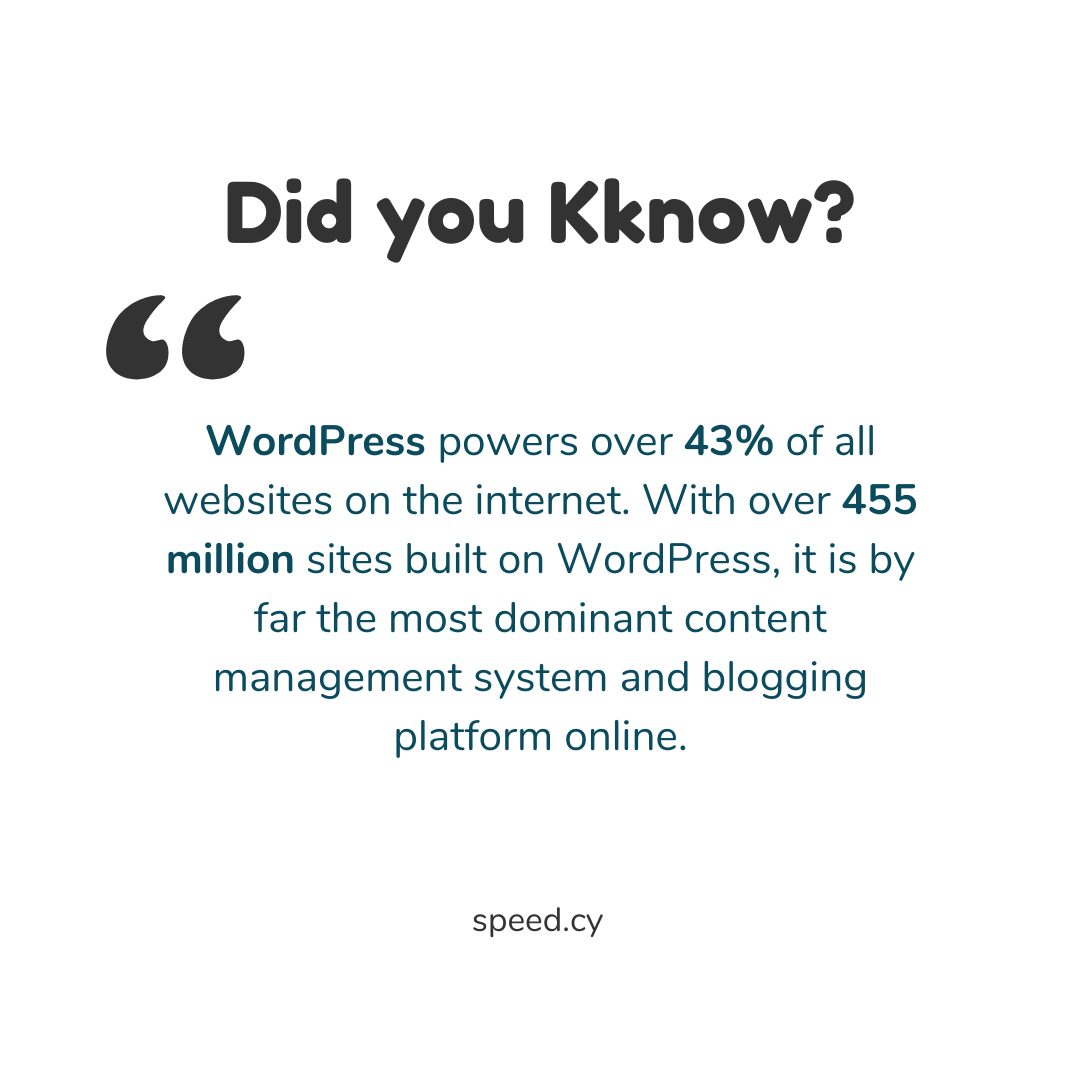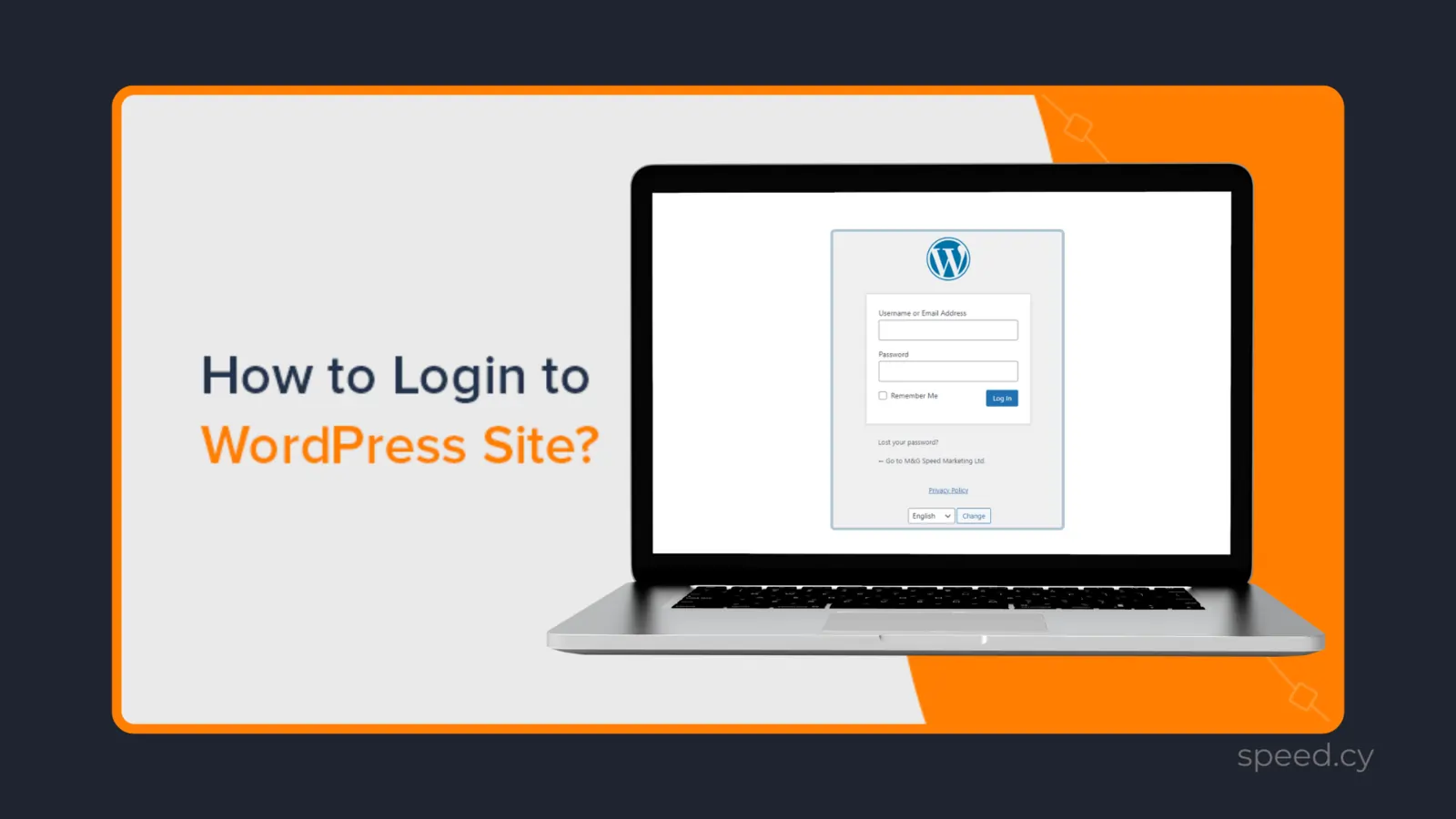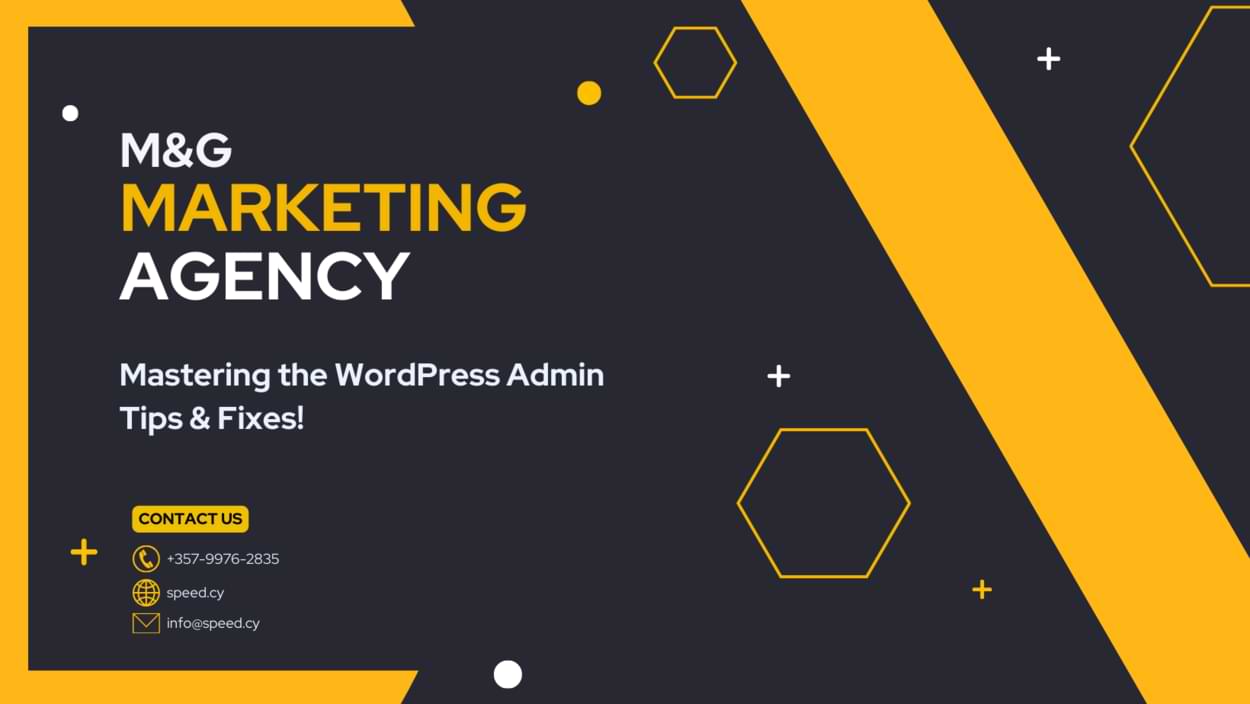The WordPress admin panel, often referred to as the “WP admin” or “wp-admin”, is the backbone of any WordPress website. It’s where you can access all the settings, tools, and features to build, manage, and customize your site.
But for many users, especially beginners, the WordPress admin area can seem overwhelming and confusing to navigate.

That’s why in this definitive guide, we’ll walk you through everything you need to master the WordPress admin dashboard like a pro. You’ll learn:
- What the WP admin is and how to access it
- How to log in to your WordPress admin panel
- Key features and functionalities within the wp-admin dashboard
- Tips for customizing and optimizing the WP admin experience
- Troubleshooting common access issues with wp-admin
So, if you’re looking to level up your WordPress admin skills, you’re in the right place. Let’s dive in!
What is the WordPress Admin Panel?
The WordPress admin panel, also known as the “wp-admin” or “WP dashboard”, is the backend interface where you can access all the site management tools to build, customize, and run your WordPress site.
It’s different from the front-end of your site that your visitors see. The wp-admin is only accessible to you (the admin) and any other users you give backend access to.
Within the WordPress admin dashboard, you can:
- Create and manage all your website content like posts, pages, media etc.
- Install plugins and themes to add functionality and design your site
- Update WordPress core files and plugins
- Configure site settings
- Manage user accounts and roles
- Access analytics
- and much more!
The wp-admin comes built-in with every WordPress installation. So whenever you setup a new WordPress site, the powerful WordPress admin area is ready for you to use.
How to Access the WordPress Admin Panel

To access your WordPress admin dashboard:
- Go to yoursite.com/wp-admin
- Enter your WordPress username and password
- Click the “Log In” button
And that’s it! You’ll then be directed to your WordPress admin dashboard.
The default login URL is www.yoursite.com/**wp-admin**.
This wp-admin login page is different from your website frontend. It’s a special backend login area just for accessing the WordPress admin panel.
What’s the Default WordPress Login URL?
The default login URL for the WordPress admin is:
yoursite.com/wp-admin
So, for example, if your site is www.example.com, your WordPress login URL would be:
This standard wp-admin URL comes built-in with WordPress.
Some key things to know:
- The /wp-admin part of the URL is what’s important. This tells WordPress you want to access the admin side.
- You don’t need to include the http:// or https:// part in the login URL. Just the domain name followed by /wp-admin.
- You can also use the IP address instead of a domain if needed (e.g., 123.456.789.123/wp-admin).
So, in summary, the universal format for the WordPress admin login URL is:
yoursite.com/wp-admin
👉 Where yoursite.com is replaced by your actual domain name or IP address. This grants you access to your dashboard.
Granting Access to the WordPress Admin Area
As the admin, you can grant other users access to log in to your WordPress admin panel.
To give another user wp-admin access:
- Go to Users > All Users
- Edit the user account you want to grant access to
- Change their role to Administrator, Editor, Author, Contributor, or any other role
- Click Update Profile
Here’s a quick overview of the main WordPress user roles and their admin access:
- Administrator – Full access to the WordPress dashboard and all features.
- Editor – Editing access to all content but limited access to admin settings.
- Author – Can write and manage their own posts but not publish others’ posts. Minimal admin access.
- Contributor – Can write and edit their own posts but cannot publish them. Very limited admin access.
So, choose the appropriate role based on the level of wp-admin access you want to grant.
You can create as many user accounts as needed this way to allow others to log in to your site’s backend.
Managing your WordPress Admin Login URL
By default, the WordPress login URL is wp-admin. But in some cases, you may want to customize or change your admin URL for security or branding purposes.
Here are three tips for managing your wp-admin login URL:
1. Change the default admin URL
Using a plugin like iThemes Security or Rename wp-login you can change your default /wp-admin URL to something more secure like yoursite.com/secure-login.
2. Remove wp-admin from URL
Plugins like WPS Hide Login allow you to completely remove /wp-admin from your login URL and replace it with your own slug.
3. Disable directory browsing
Disabling directory browsing prevents users from accessing wp-admin by guessing common admin URLs. This adds an extra layer of login security.
Changing your standard wp-admin URL can prevent hackers from exploiting this common pathway. But make sure any new URL you create isn’t easy to guess either.
Logging in to the WordPress Dashboard
Once you know the URL, logging in to your WordPress admin dashboard takes just a few simple steps:
- Go to your admin login URL
Navigate to yoursite.com/wp-admin or whatever your customized login URL is.
- Enter your credentials
Type in the username and password for your admin account.
- Click Log In
This will log you in and direct you to your main WordPress dashboard.
That’s all there is to it! Enter the right login details at the wp-admin URL, hit log in, and you’ll have full access to manage your site.
Troubleshooting WordPress Admin Login Issues
In a recent survey, 62% of WordPress users reported experiencing downtime or performance issues due to WordPress errors. Outages can seriously impact revenue and site traffic.
Source: MelaPress
Sometimes you may encounter issues accessing your WordPress admin panel. Here are some common wp-admin login errors and how to fix them:
- You’re redirected to homepage – This is often caused by an incorrect login URL or plugin conflicts. Try hard refreshing the browser cache or disabling plugins.
- 404 Page Not Found – Verify you have the right admin URL and there are no typos. The standard URL is yoursite.com/wp-admin.
- Incorrect username/password – Double check you’re using the right admin username and password. If needed, reset your password via email.
- Can’t access /wp-admin after migration – Update the site URL in Settings > General to match your new domain.
- Login URL blocked by .htaccess file – Some security plugins add rules to block the standard admin URL. You may need to modify .htaccess to allow access again.
- WP admin says “Forbidden” – Make sure directory browsing hasn’t been disabled on your server. Check with your hosting provider.
Fixing admin login issues usually involves using the correct URL, verifying your credentials, and troubleshooting potential server restrictions or plugin conflicts.
Key Features and Functionalities in the WordPress Dashboard
Once you’re logged in, let’s explore some of the key features and functionalities within the WordPress admin dashboard:
Dashboard
This is the main screen that you see when you first log in to wp-admin. It displays an overview of your site activity, post stats, comments, traffic, and other analytics.
Posts
This menu is for creating and managing all your blog posts and other article content. You can create new posts, edit drafts, categorize, add metadata, and manage post revisions here.
Media
The media library stores all your images, videos, documents, and other media files uploaded to your site. You can manage, edit, organize, and insert these files from the media menu.
Pages
Similar to posts, you can build and manage all your site’s pages like About Us, Contact, etc from the Pages menu. Pages are for more static content.
Comments
You can view, edit, approve, reply to, mark as spam or trash any comments from this section. Comment management is key for any blog.
Appearance
This menu lets you customize the visual design of your site by installing themes, managing widgets, menus, and other key elements of your site’s appearance.
Plugins
Extend your site’s functionality by installing plugins here. There are thousands of free and paid plugins available from the WordPress repository.
Users
The user’s menu allows you to add, delete, and edit user accounts and roles. You can manage permissions for all users here.
Settings
Configure your general site settings like title, URL, default time zone, date format, and more from the Settings menu. There are also settings for writing, reading, media, permalinks, privacy, and additional site-wide configurations.
Tools
Import or export your site content, manage databases, and clear caches all from the Tools menu. There are also handy built-in tools for search engine optimization, generating sitemaps, and importing data.
Customizing Your WordPress Admin Experience
The WordPress admin panel is highly customizable to suit your preferences and improve your workflow. Here are some tips for customizing and optimizing wp-admin:
- Install an admin theme like reDesign for a visual overhaul of the backend
- Use a plugin like CodePress Admin Columns for more control over post listings
- Remove unnecessary dashboard widgets to simplify the main screen
- Customize your user profile screen with custom fields and options
- Add custom links, buttons, or shortcuts to the admin bar for quick access
- Organize plugins into their own submenu pages to reduce clutter
- Adjust the text size, color scheme, and other display settings in your user profile
Taking the time to tailor wp-admin to your needs can greatly improve your admin experience. Start with small tweaks to remove WordPress clutter or optimize your views. Then explore plugins and themes to completely redesign the backend.
Final Verdict: Master WordPress Admin Workflows
In closing, learning to comfortably navigate in the WordPress admin area is a must for site owners, bloggers, and agency clients alike.
As we’ve covered, the wp-admin dashboard is extremely powerful but can seem overwhelming at first glance. Focus on mastering key workflows like creating content, managing users, installing plugins and themes, and configuring settings.
Learn where to access the tools you need on a regular basis and customize the backend to suit your needs. Keep our troubleshooting tips in mind in case you run into login or access issues.
With a little practice over time, you’ll know the ins and outs of the WordPress admin for smooth site management. So, roll up your sleeves and start mastering WordPress admin today!
Key Takeaways
- The WordPress admin panel (wp-admin) houses all the backend tools for managing your site.
- Access it by going to yoursite.com/wp-admin and logging in.
- Grant backend access to other users by assigning them roles.
- Customize your login URL and admin experience for better security and workflows.
- Key features include content management, plugins, themes, users, and site settings.
- Fix common access issues by verifying login details and troubleshooting restrictions.
- Master WordPress admin by practicing core workflows regularly.





